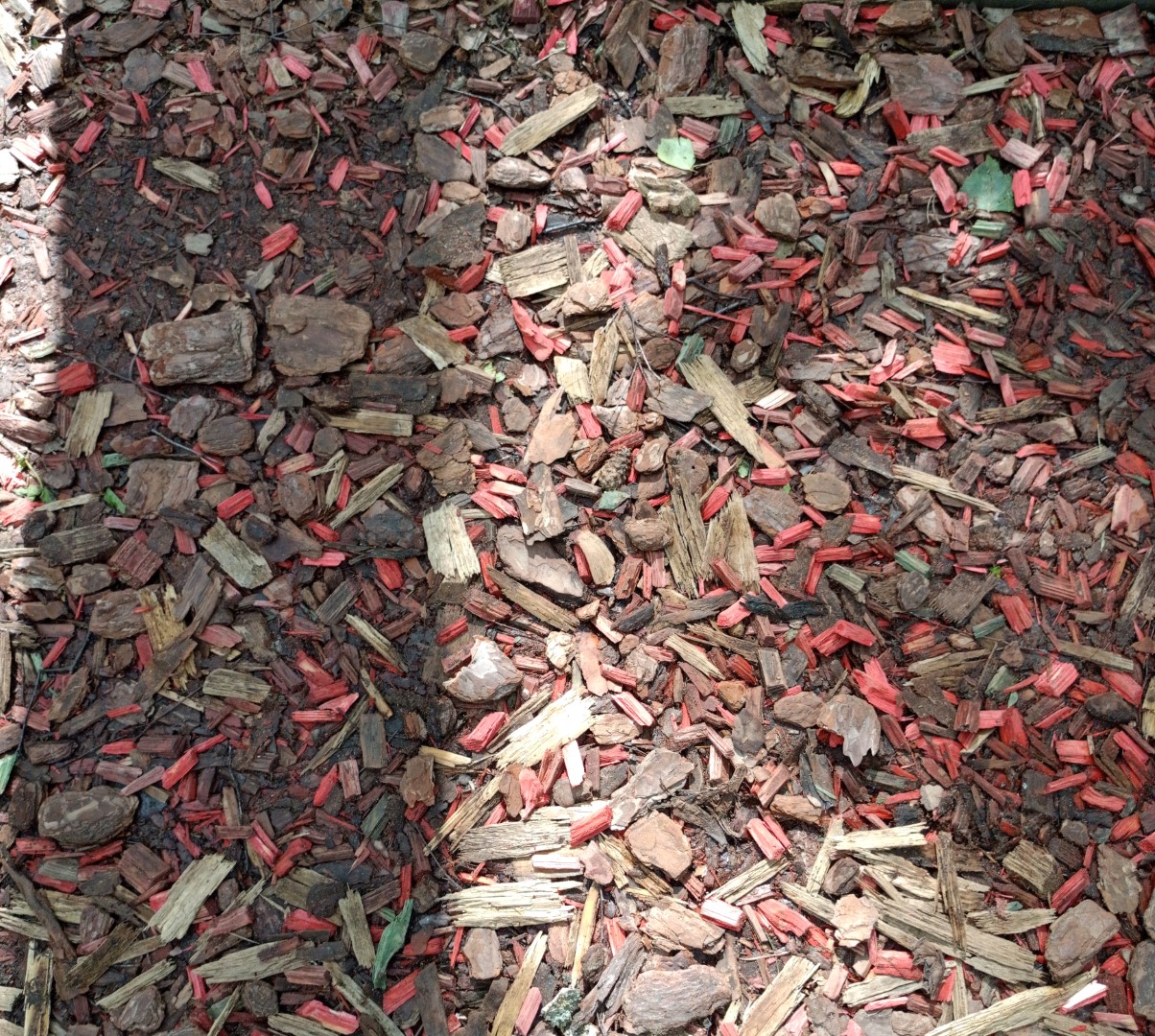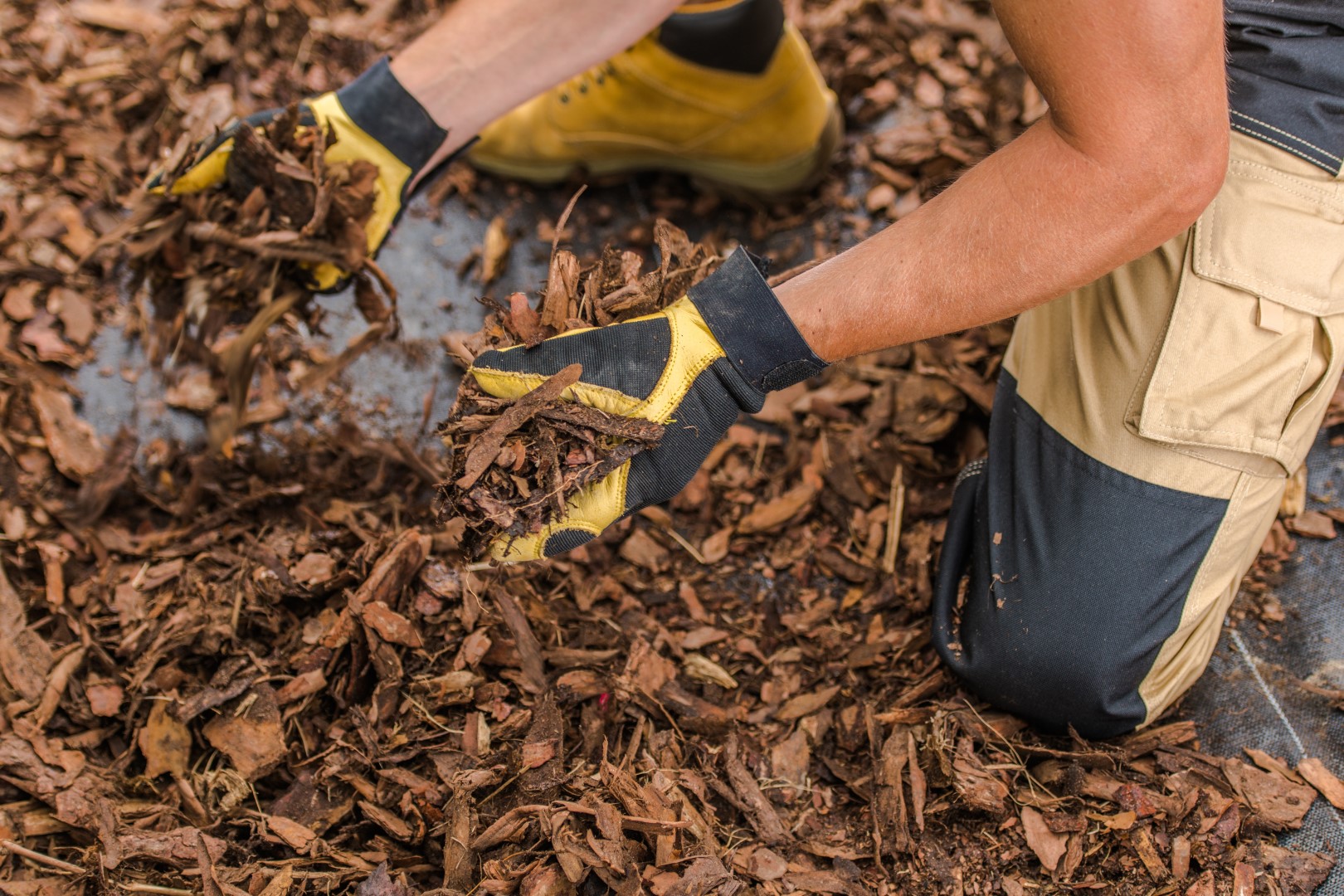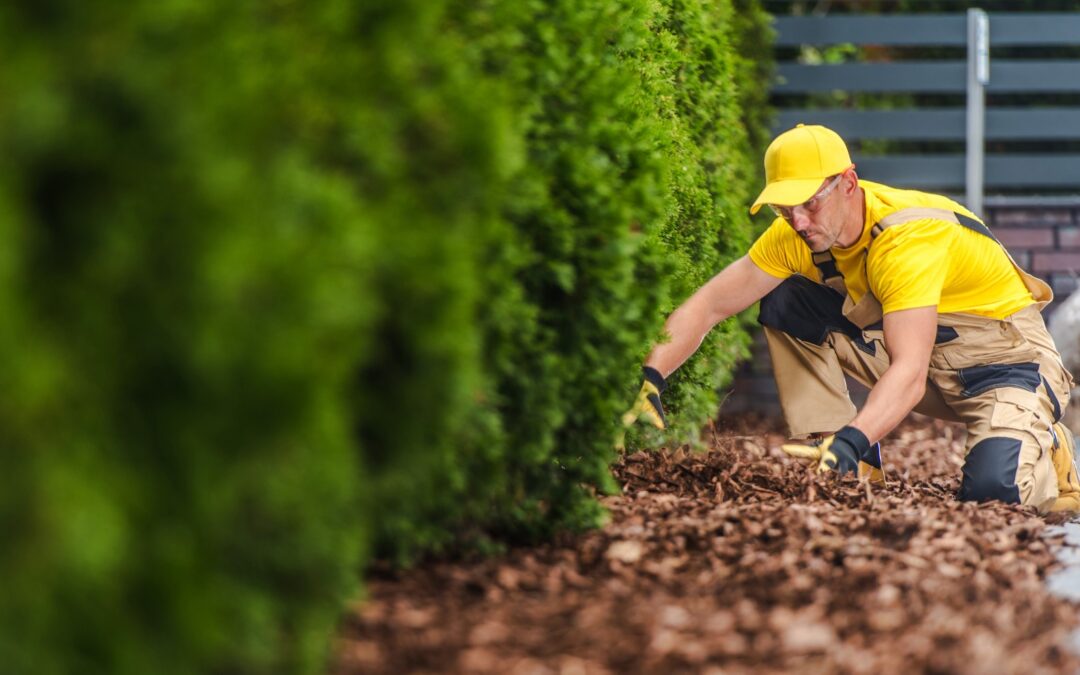Mulching is one of the most beneficial practices for maintaining a healthy and vibrant landscape, especially during the hot summer months in Colorado Springs. With the city’s semi-arid climate, mulching helps conserve water, reduce soil erosion, and keep plants healthy throughout the growing season. Whether you’re a seasoned gardener or a first-time homeowner looking to spruce up your yard, this ultimate guide to summer mulching will help you make the most of your landscaping efforts.
Why Mulching Is Essential in Colorado Springs
Colorado Springs’ dry summers can be tough on gardens and landscapes. Mulching serves as a protective barrier that conserves soil moisture, regulates temperature, and prevents weed growth, all of which are crucial for maintaining a thriving garden in this region.
Key Benefits of Mulching:
- Moisture Retention: Mulch helps reduce water evaporation, ensuring that your plants have access to the moisture they need even in dry conditions.
- Temperature Control: During the summer, mulch keeps the soil cooler by shielding it from the intense sun, helping to protect the roots of your plants.
- Weed Suppression: A thick layer of mulch prevents weeds from sprouting and competing with your plants for nutrients and water.
- Soil Health: Organic mulch breaks down over time, adding nutrients to the soil and improving its structure and fertility.
Erosion Prevention: Mulch helps prevent soil erosion, especially during Colorado’s unpredictable summer storms, by acting as a buffer against heavy rain.

Types of Mulch: Organic vs. Inorganic
There are two primary categories of mulch—organic and inorganic. Both have their benefits, but knowing which type to use can make a big difference in how well your landscape thrives in Colorado Springs’ unique climate.
Organic Mulches
Organic mulches are derived from natural materials that break down over time, enriching the soil as they decompose. Common options include:
- Wood Chips or Bark: These are popular choices for garden beds and trees. They last longer than other organic mulches and provide excellent insulation.
- Shredded Leaves: If you have trees on your property, shredded leaves can be a cost-effective and environmentally friendly option for mulching garden beds.
- Grass Clippings: When applied in thin layers, grass clippings can help retain moisture and provide nitrogen to the soil. Be careful not to apply too thickly to avoid creating a dense mat.
- Compost: Compost adds nutrients to the soil while helping retain moisture and improve soil structure.
- Straw or Hay: These options are great for vegetable gardens, providing protection without compacting the soil. Make sure to choose weed-free straw.
Advantages of Organic Mulch:
- Improves soil quality over time as it decomposes
- Helps retain moisture and regulate soil temperature
- Easy to source and often cost-effective
Disadvantages:
- Requires replenishment every season as it breaks down
- May attract insects or pests if not properly maintained
Inorganic Mulches
Inorganic mulches are made from non-decomposing materials like stone, rubber, or landscape fabric. While they don’t improve soil health, they can be more durable and lower maintenance than organic mulches.
Common options include:
- Gravel or River Rock: Ideal for xeriscaping or areas where plants don’t require frequent watering. Gravel is low-maintenance and helps control erosion.
- Rubber Mulch: Made from recycled tires, rubber mulch is durable and long-lasting, making it a good option for playgrounds or high-traffic areas.
- Landscape Fabric: Used as a weed barrier under other types of mulch, landscape fabric can help suppress weeds but should be used with caution as it may restrict water and nutrient flow to the soil.
Advantages of Inorganic Mulch:
- Long-lasting and requires minimal replenishment
- Excellent for controlling weeds and erosion
- Low maintenance and available in various colors and sizes
Disadvantages:
- Does not improve soil health
- Can retain heat, which may stress plants during extreme summer temperatures
- More expensive upfront than organic mulch options

How to Mulch Effectively in the Summer
Applying mulch correctly is key to reaping its full benefits. Follow these steps to ensure your summer mulching project sets your landscape up for success.
1. Prepare the Area
Before applying mulch, remove any existing weeds and debris. If needed, apply a weed barrier or pre-emergent herbicide to help prevent future weed growth. Ensure the soil is moist before adding mulch, especially in dry areas.
2. Apply the Right Thickness
The ideal thickness for mulch depends on the material you’re using. For most organic mulches, a 2- to 3-inch layer is sufficient. Thicker layers may prevent water from reaching the roots of your plants, while too thin a layer may not provide enough protection. For inorganic mulch like gravel, aim for a 1- to 2-inch layer.
3. Keep Mulch Away from Plant Stems and Tree Trunks
Avoid piling mulch directly against the stems of plants or the trunks of trees. This can lead to rot or attract pests. Leave a gap of about 2 to 3 inches around plants and trees to promote airflow and prevent damage.
4. Replenish as Needed
Organic mulches decompose over time, so be sure to replenish the mulch layer at least once a year or as needed. For inorganic mulches, occasional cleaning and leveling will keep them looking their best.
Mulching for Specific Areas
Different areas of your yard may require different types of mulch or mulching techniques. Here’s a quick guide on how to mulch various parts of your landscape effectively:
1. Flower Beds
Flower beds benefit from organic mulch, which enriches the soil as it decomposes. Wood chips or bark are excellent choices, as they retain moisture and suppress weeds. Make sure to water your flower beds before applying mulch.
2. Vegetable Gardens
Use lightweight organic mulches like straw, grass clippings, or shredded leaves to allow easy access for watering and harvesting. These mulches will also add nutrients to the soil, promoting healthy vegetable growth.
3. Around Trees
For trees, apply a 2- to 3-inch layer of mulch around the base, but keep it a few inches away from the trunk to avoid rot. Mulch helps trees retain moisture, especially during Colorado’s hot summer months, and protects the roots from temperature fluctuations.
4. Paths and Walkways
Gravel or river rock works well for pathways and areas where you want to minimize plant growth. These materials provide a neat, finished look and are long-lasting and low-maintenance.

Eco-Friendly Mulching Tips
For environmentally conscious homeowners, there are plenty of eco-friendly mulching options available. Consider using:
- Recycled materials like rubber mulch or repurposed wood chips.
- Compost made from your kitchen scraps and yard waste for an organic and sustainable mulch.
- Natural, untreated wood chips from local sources to reduce your carbon footprint.
Conclusion
Mulching is an essential part of any summer landscaping project in Colorado Springs. Whether you choose organic or inorganic materials, the right mulch will help you conserve water, reduce weeds, and keep your landscape looking beautiful all season long. By following this ultimate guide, you can make the most of your mulching efforts and ensure that your yard remains healthy and vibrant, even in Colorado’s challenging summer conditions.
Need help with your mulching project? Contact Affordable Services Landscaping today for expert advice and professional installation to ensure your yard looks its best this summer!






